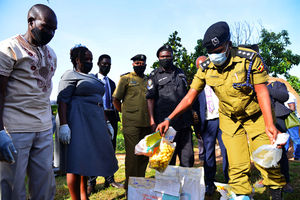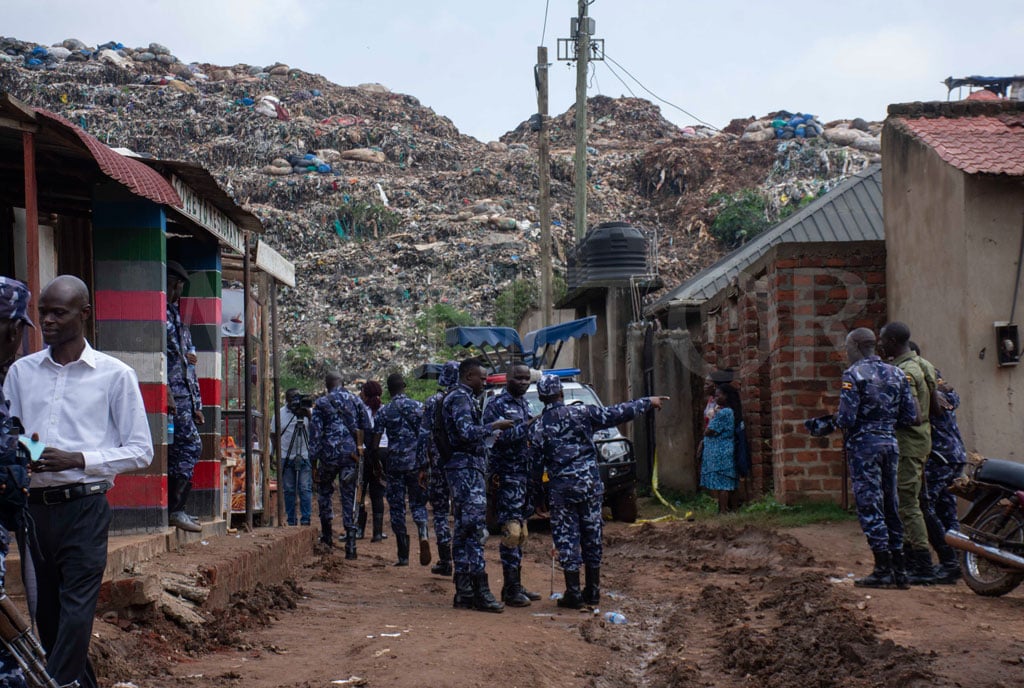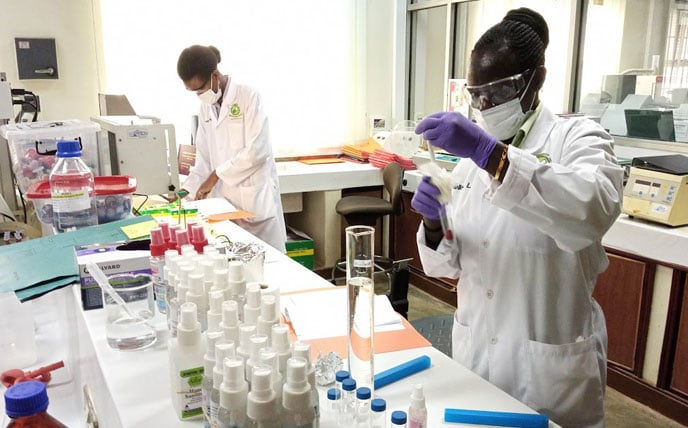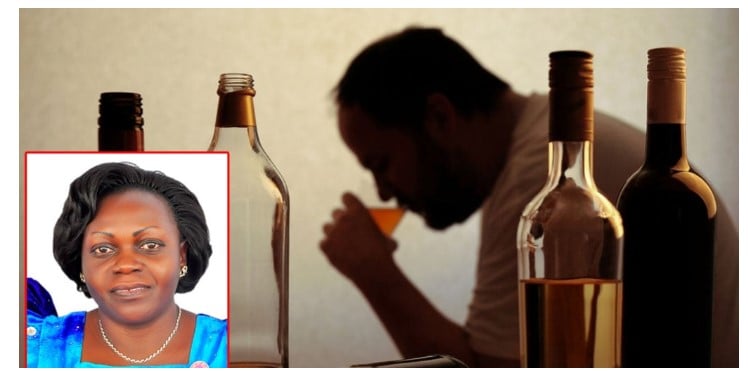
KCCA law enforcement officials round up children and women from the city streets in August 2022. PHOTO | FILE
Kikaramoja Zone in Katwe, in the armpits of Kampala, is a perfect illustration of the expansive gap between the haves and have-nots in Uganda.
Cramped alleyways and rickety structures lean into and grow out of each other.
Like other slums, life here under gripping poverty goes on uninterrupted, until something happens— usually a death, or when authorities come knocking on doors for whatever reasons.
In the recent months, Kampala Capital City Authority (KCCA) enforcement and police have intensified sweep operations to round up children believed to be “beggars” on Kampala’s streets, every so often upsetting the slum’s quiet rhythms. A bitter taste lingers as is a deep sense of unease among the community.
In early January, a coterie of KCCA enforcement and police, under the cover of the velvet dark, raided the slum to pluck out children believed to be beggars while sprucing up the city for the Non-Alignment Movement (NAM) and Third South Summit that ran back-to-back at Commonwealth Resort Munyonyo.
They flung open doors of several rickety houses and carted away mostly children and women. In total, 300 children and at least 80 women were rounded up.
Every other day, reports have been abound of such operations, which have left residents on the edge. The sight of police in the area, even for completely other reasons, triggers apprehension while most residents run for cover, far away.
Analysis of several policy documents detail that there is no comprehensive strategy of combating street children, let alone accounting for those that have been rounded off the streets over the years on which operations KCCA, police, and the Ministry of Gender spend millions of shillings.
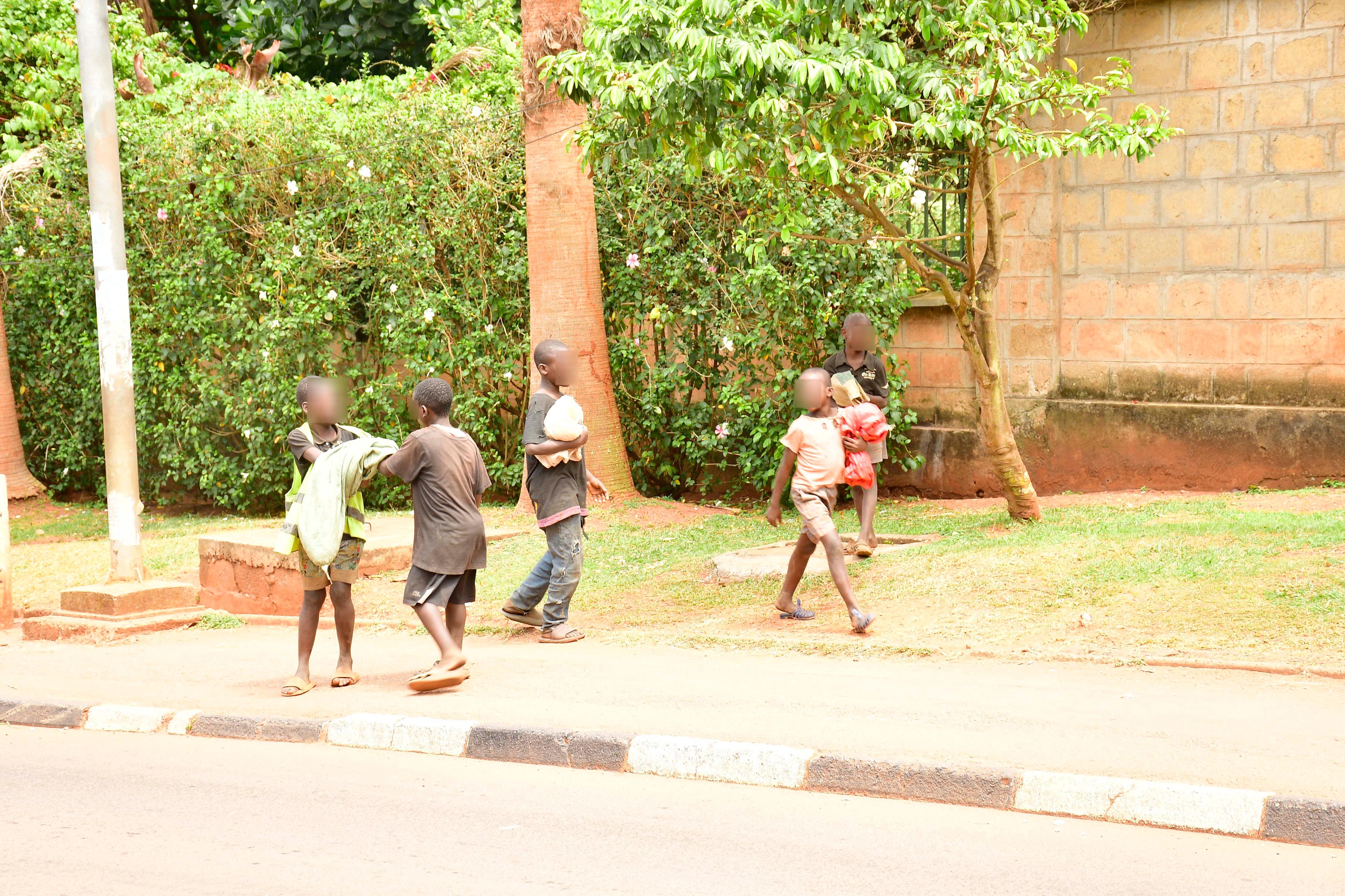
Street children on Wampewo Avenue in Kampala. PHOTO | STEPHEN OTAGE
Authorities maintain the children are properly screened, taken to rehabilitation centres across the country, and thereafter repatriated to their origins.
However, the impact has been far more harmful for the most part: splitting children from their families, or children not being heard from again, according to several accounts.
“The only challenge is that for us as leaders, we try our level best on the ground,” said Mr Moses Logongo, the chairperson of the community, of the efforts they take to sensitise community members to stay away from the streets and engage in meaningful paying activities.
“For them when they feel like they just come or send their agents and so on to register people without consulting area leaders. Next thing you hear is they have come back and picked up this and that number of children,” Mr Logongo said.
Gone children
Mr Logongo’s wife and three children were among those rounded up in January. His wife, Ms Faith Nakut, was among the women picked up and later sentenced to community service while their children were carted off to the UWESO Children’s Village in Masulita.
Mr Logongo acknowledged the deeply entrenched stereotypes against the Karimojong.
Twenty-eight-year-old Lucy Aguma narrates the disappearance of her two children with great pain. Earlier in the year, she left behind her two sons aged eight and one playing at home while she went to Nakivubo to forage for food. Upon return, only the youngest was present.
“When I asked where Peter was, the neighbours said he had gone to collect plastic bottles to earn money,” Ms Aguma recounted. She went about her business as she waited until the sunset. A panicky Aguma and her friends combed all corners they suspected her son to be in vain. The friends they claimed he had tagged along to collect water bottles hadn’t seen him either.
“Then word spread that he had been swept away by overnight rain that flooded the Nakivubo Channel where I had heard that he slept with some friends of his. On hearing this I went to Nakivubo Police and inquired if they had found my son. I was in distress at this time, and was crying. But when you go to the Police without money, they don’t help you. So, the police didn’t help me,” she said.
Ms Aguma sayd she has comforted herself countless times to move on, but the unnerving thoughts of what exactly happened to her son are recurring.
Her daughter, too, five-year-old Maria Nakiru, was the first to go missing last year. She searched and gave up.

Begging. Street children beg on the streets of Kampala recently. As the government is trying to get rid of street children in Kampala, the problem has now shifted to upcountry towns such as Mbarara. PHOTO/GEOFFREY LUGAAJU
Forty-year-old Agnes Nangiro was arrested while begging along Jinja Road along with three children. Only one was her biological child.
“I was told by police that the children would be taken to Sanyu Babies Home. I told them to return two of the children I was arrested with to their mothers and take mine because I was unable to take care of her. Where the Police took her, I don’t know; they didn’t tell me,” she narrated.
She recalled engaging her then landlord, a local area councillor, with whom they went to the police and implored to keep her abreast of where her child would be taken, but that was the last of it.
For thirty-year-old Sylvia Korobe, her six-year-old daughter, long tired of the poor living conditions, confided in a stranger while scavenging for food in Nakasero that both her parents had been knocked down by a speeding truck.
The stranger turned into a Good Samaritan; she worked backwards tracing the girl’s roots in Katwe, leading to her. The two worked on arrangements for the latter to take care of the child, including seeing her through school. Korobe has access to her daughter while on holiday but is often handicapped by other life challenges.
Monitor talked to multiple women with several tales and experiences. Under such circumstances, the nearest police is the first place to go but, in most cases, the mothers said they opted not to. At police, they said they are routinely harassed or treated with suspicion of selling their children.
We reached out to the police for a comment on the matter, but they referred us to the Ministry of Gender, Labour and Social Development.
National shame
Tales abound in most Karimojong-inhabited communities in Kampala and the Karamoja Sub-region nine districts of Napak, Kotido, Nabilatuk, Abim, Moroto, Amudat, Nakapiripirit, Karenga, and Kaboong of parents either abandoning their children or willingly surrendering them to traffickers who recruit them as beggars on streets.
According to the Uganda Bureau of Statistics, Karamoja suffers the highest poverty rate of 60.2 percent, way above the national average. Add to the mix a litany of crises such as the high levels of gender-based violence, insecurity, and alcoholism that have left many families broken.
But even in Karamoja, the problem of child trafficking by parents is majorly rooted in Napak District. Even with the numerous roadblocks manned by UPDF in Napak, the children and women still beat the prying eyes of authorities.
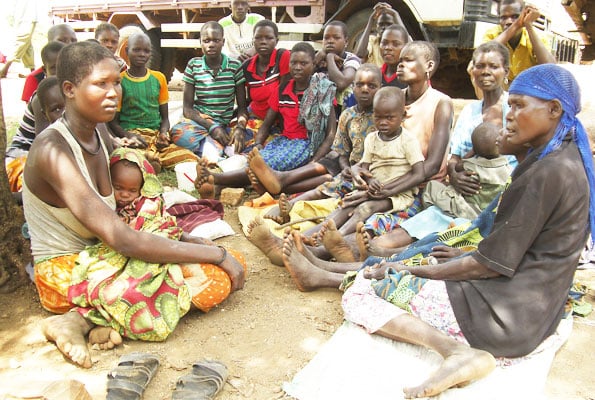
In this file photo, some of the Karimojong who were stopped at a checkpost in Iriri on their way to Kampala await to be transported back to their villages. PhHOTO/FILE/KATHERINE HAYWOOD.
Napak Resident District Commissioner Ahamed Fardosa told Monitor in an interview in May that their research has shown that 90 percent of street children from the sub-region lounging in Kampala and as far as Nairobi are from the sub-counties of Iriiri, Lokopo, Lopeii and Matany.
“Why Napak is a question none of us can answer. If you talk of poverty, the entire Karamoja is grappling with the same problem but why Napak. I think it’s because the district is close to Teso Sub region from where it’s easy to get to other large towns,” Ms Fardosa said.
“Our biggest problem is because the majority of the population is not educated. Then cultures; people move from place to another with their cattle, so education is not prioritised. Of course, there has been some improvement in the last 10 years when we had relative peace but NGOs and interventions are not focusing on priority areas like education through which we can push mindset change,” she added.
According to accounts, the children picked off the streets are carted off to rehabilitation homes run by NGOs. There are also several instances of NGOs acting on their own volition picking up children to feed their shelters which they use as pretext to mobilise funding from donors.
One NGO that conducts grassroots mobilisation in Kikaramoja-Katwe puts estimates of the missing children to 900 since the Gender ministry-KCCA-police led operations intensified. For highlighting the plight of the missing children, the NGO claims they have received threats on numerous occasions. We could not independently verify this claim. The Commissioner for Youth and Children Affairs in the Gender ministry, Mr Fred Ngabirano, admitted that some NGOs had seized opportunity from the crisis but that they are trying to weed them out. He also underlined the children swooped during the operations can be accounted for.
“In 2018, Cabinet passed a resolution stipulating that all illegal homes must be closed. So we have been working with the local governments and the offices of the RDC to trace these homes, and close them,” Mr Ngabirano noted, adding: “But before we close them, we do tracing and resettlement. We have found out that 80 percent of children in NGO homes have their parents or their next-of-kin. So, when it comes to closure, it’s a prompt process.”
Mr Ngabirano said there have been cases of children being abused inside the shelters run by NGOs.
“Some of them are transit centres for child traffickers; then others bring them for exploitation. So, what we do before we close the home, we visit the home once it has been identified by a security or a professional officer, or an informer has informed us that there is an illegal home operating here. We go and subject it to the homes and rules and regulations of 2013,” he said.
“So, if we find that in terms of need, the home has infrastructure, but it’s not fully registered, and the community says, these children who are here are from our communities we don’t simply close it overnight. It’s a process. Some of the homes we encourage them, take back the children, back to the communities and take up what you call a community-based model,” he added.
Mr Ngabirano said last year they undertook some soul-searching and concluded that routine sweep operations were not addressing the problem.
He, however, emphasised that they can fully account for all the children.
One of the strategies officials devised was to institutionalise all school-going children rounded off the streets in boarding schools in Napak without getting holidays for at least three years.
The method, which Napak District authorities defended as having a madness to it, targets all street children believed to be Karimojong. Even children separated from their parents who are accused of trafficking them will be subjected to the same, which raises questions about separating mothers from their children.
Trend
A July 2022 report by the Parliamentary Committee on Gender and Youth Affairs expounded: “The problem of street children is intricately linked to trafficking in persons and abuse of human rights, including sexual exploitation and forced labour.”

Street children beg from a taxi driver on Jinja Road in Kampala. PHOTO/FILE
Of specific concern, the committee “noted with grave concern that there is no comprehensive reliable data on street children in Uganda.” while the concerned authorities, KCCA, and the ministries of Gender, Karamoja Affairs, and Internal Affairs, all work in in silos, ostensibly to justify budgetary allocation to address the problem. The absence of reliable data blights the designing proper interventions to the problem.”
“The dearth of statistics is made worse partly due to the laborious process of obtaining birth certificates. The lack of reliable statistics is also an indictment against the government for failure to notice some of its most vulnerable human beings,” the committee noted.
